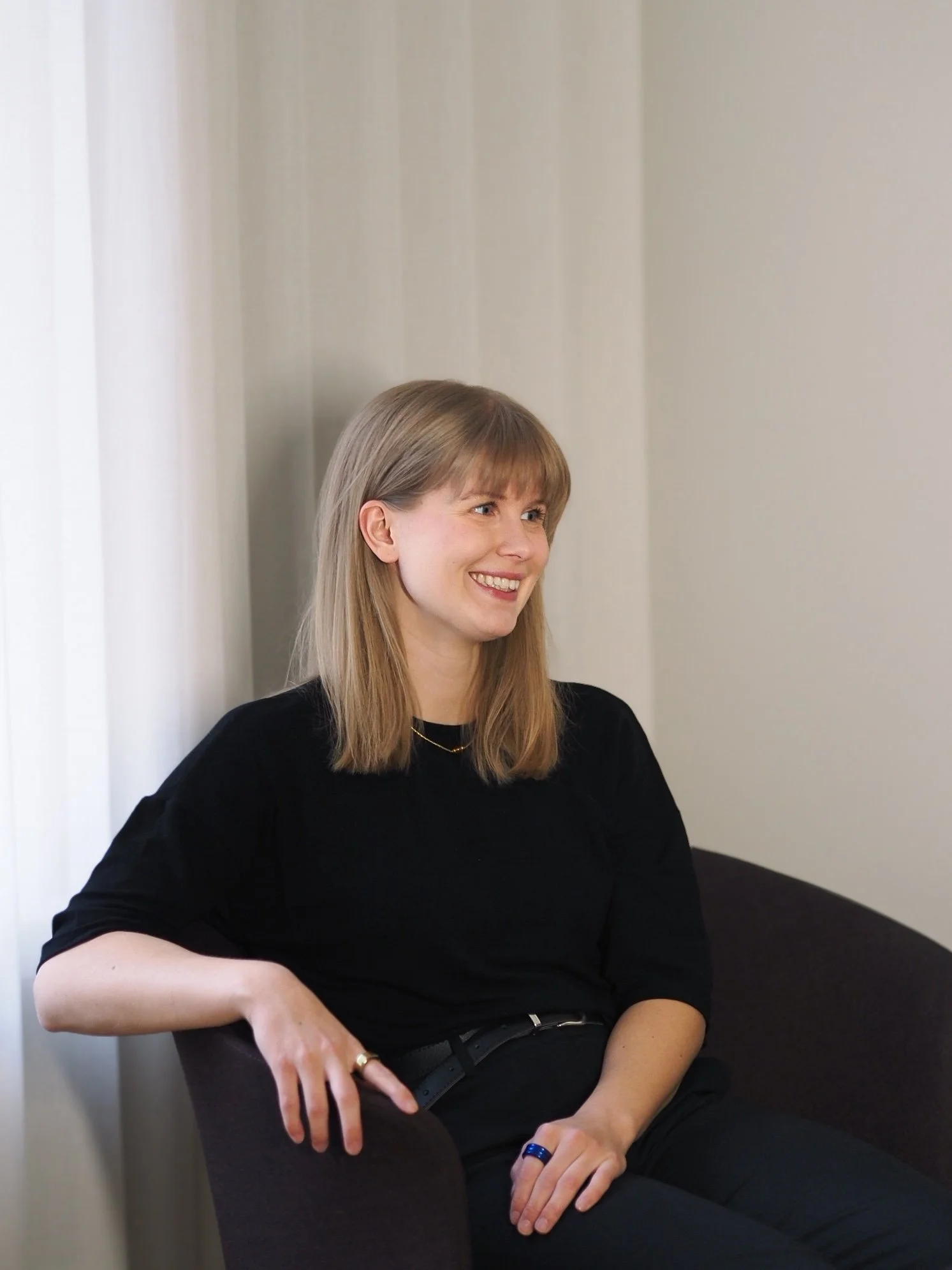The future is already here, we just don’t see it
Have you heard it said that the world is changing faster than ever before? The phrase has been repeated so many times it has lost its meaning.
Nodding at megatrends isn’t enough
Climate change, artificial intelligence, demographic shifts. Every leadership team has its own slide deck proving that change is accelerating. But here is the uncomfortable truth: knowing that the world is changing is not the same as understanding what it means.
Turning macro-level shifts into lived reality – what they look like, what they feel like and what they mean for your business – requires stretching the imagination far beyond its usual limits. And that is precisely where most strategy work fails.
Step One: Recognise your lenses
Before we can look ahead, we have to look inward. Every leader, strategist and decision-maker carries invisible lenses, deeply embedded stories about how the world works. These lenses shape what we notice and what we overlook.
If they remain hidden, every forecast becomes distorted. Every scenario quietly bends back towards today’s assumptions. That is why so many strategic discussions feel safe: the numbers change, but the perspective stays the same.
Real foresight does not start with predicting tomorrow. It starts with seeing today more clearly.
Step Two: Learn to spot datapoints from the future
The future rarely reveals itself in headlines. It begins at the edges, in places where others are not yet looking.
Take Finland’s gaming industry. In the early 1990s, small groups of teenagers spent their nights building computers from spare parts, swapping demo disks and pushing the limits of code. To most, it looked like an eccentric hobby with little economic relevance.
What would have been fascinating to observe back then was not just the technology but the mindset of those young people. Quietly, they were challenging the prevailing beliefs of the time. While Finland’s future was assumed to rest on heavy industry, forestry and mobile hardware, these “nerds” imagined something else entirely: that a small, remote country could create globally successful entertainment experiences, and that small teams could build virtual worlds played by millions.
Today, gaming is one of Finland’s most dynamic and globally influential industries. With Supercell generating nearly €2.8 billion and Rovio hundreds of millions in annual revenue, the sector shows how a once-marginal subculture became a global success story.
This is the essence of a datapoint from the future: a small, easily overlooked phenomenon that carries the potential for transformation. These seeds do not always grow on their own. Their development depends on choices, resources and whether someone recognises their potential.
Step Three: Use decision-analytic models
Traditional scenario work quickly runs into a problem. There are simply too many uncertainties and potential pathways to manage. The typical solution is to focus on just two critical uncertainties.
That makes the process easier to handle, but it also narrows the view and risks producing oversimplified scenarios. At worst, it creates a false sense of control: we think we are preparing for multiple futures, when in reality we are seeing only a fraction of what is possible.
Decision-analytic models help to manage this complexity. They break situations into smaller, more manageable components and use advanced algorithms to generate decision recommendations.
These recommendations make it possible to build scenarios that help organisations identify which choices are likely to endure across different futures, taking into account strategic goals, resource constraints and the market-shaping impact of each decision.
Step Four: Make futures tangible with generative AI
Generative AI helps to turn abstract scenarios into something vivid. It can create visualisations, stories and experiences that feel real, giving leaders a way to explore what different developments might mean in practice.
It does not replace human thinking or identify signals for us. Instead, it acts as a creative tool that makes potential futures tangible and helps spark new insights.
New methods help us internalise change
Traditional foresight methods often stay at the surface. They rarely challenge underlying assumptions or change how we think. At worst, they result in narrow, reassuring scenarios that create the illusion of control.
Noren’s approach combines three perspectives in parallel:
Ethnography reveals hidden phenomena and cultural shifts that data alone cannot capture. It helps to identify datapoints from the future and shows how our own lenses distort how we see the present.
Decision-analytic models manage the complexity of strategic decision-making and support the creation of scenarios against which long-term, resilient choices can be tested.
Generative AI makes potential futures experiential and brings concreteness to strategic conversations.
This combination is not about predicting the future. It is about changing how we see the present and imagine what could come next.
The future is not hiding, it is already visible
The seeds of alternative futures can be found all around us. You can see them in the rise of IShowSpeed, a streamer with more than 43 million YouTube subscribers and tens of millions more on TikTok and Instagram. In Finland, hundreds of thousands of young people watch his livestreams, reshaping their ideas of entertainment, language and identity in ways that traditional media cannot match.
You can also see them in the success of Alanya Market, a multicultural grocery chain in Helsinki that challenges the dominance of S Group and Kesko in shaping Finnish food culture. It is a sign of how the norms of consumption and the meanings attached to food are shifting.
These are datapoints from the future, signals that tomorrow’s cultural, economic and technological landscape is already forming around us. For businesses, recognising these signals early creates the opportunity to build competitive advantage before others.
INTRIGUED AND WANT TO LEARN MORE? GET IN TOUCH!